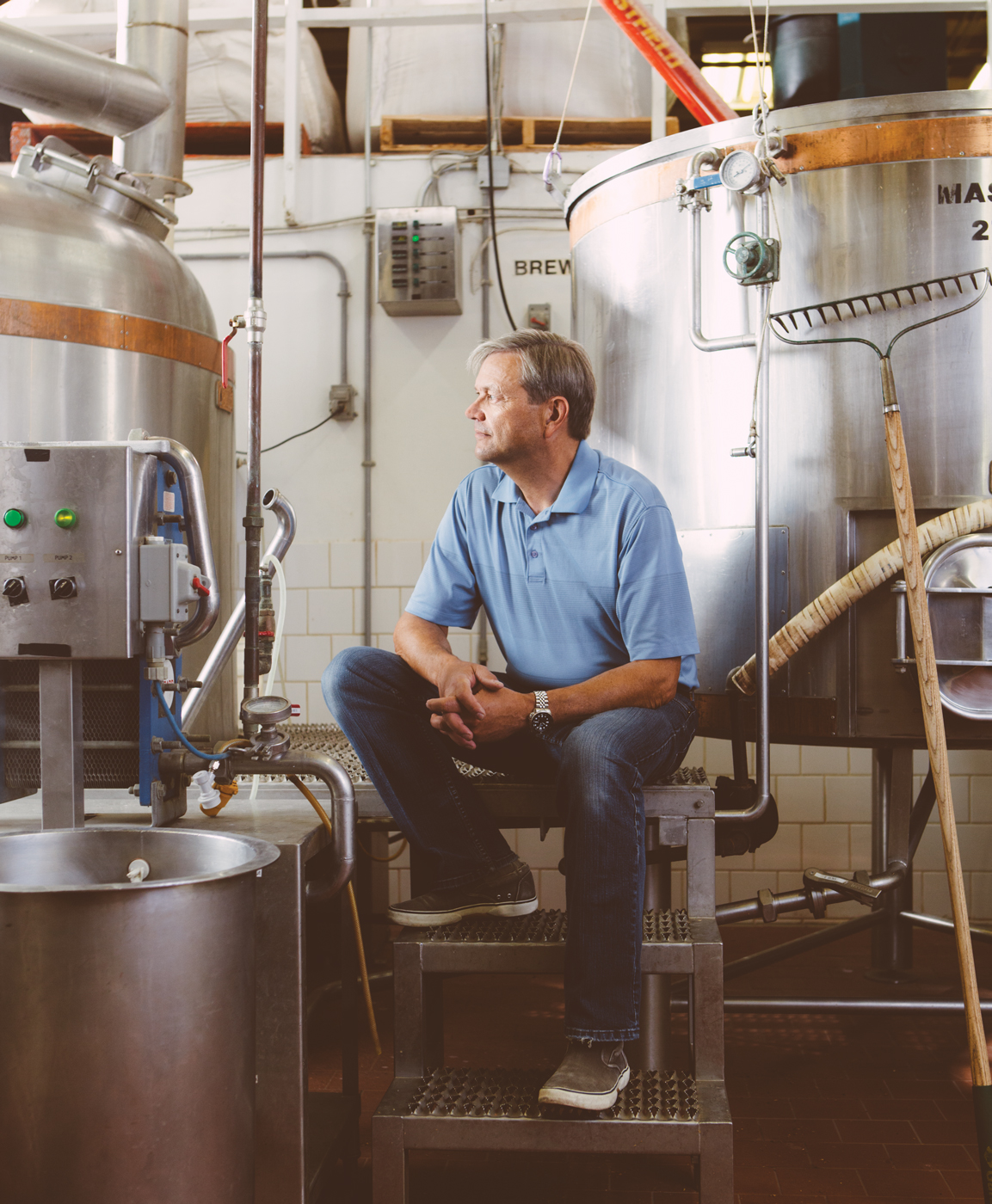Who: Neil Herbst
Age: 55
Job: Founder and co-owner of Alley Kat Brewing Company
Experience: Twenty years ago, Neil Herbst was installing fermenters, cooling vats and bottling machines into what has since grown into Edmonton’s oldest and largest microbrewery. Prior to opening Alley Kat Brewing Company, Herbst homebrewed extensively, experimenting with different ales, lagers, fruit brews, barley wines and more. He took brewing courses and job shadowed at multiple breweries, including Sailor Hagar’s Brew Pub in North Vancouver, where he learned from Gary Lohin, current brewmaster for Central City Brewers + Distillers.
He began brewing professionally in late 1994, and the first batch was on store shelves by January, 1995. Now, Alley Kat’s distribution reaches as far north as Hay River, Northwest Territories, and as far east as Seoul, South Korea.”Generally speaking, out of the brew house, we brew 2,500 litres. That goes into a tank that holds roughly 5,000 litres. We brew twice in a day to fill that tank. That seems like a lot, and it is, but, if you talk to Labatt, they probably spill that much in a day.
-“Over the years there have only been a handful [of batches] that we’ve dumped. But certainly if something goes south with it, it goes to drain. There’s nothing you can do about it. But, we’re very careful. You don’t want to waste anything [laughs] .
-“From the time we brew to the time it’s ready to go out to the consumer, depending on the beer, is roughly two weeks. In the case of a lager, it’s a little over a month.
-“There are a couple of stages to making beer. You start off making the wort, which is the unfermented beer. We take malt, which is barley or wheat that’s been sprouted, dried and cleaned, mill it, crush it, then make a mash out of it by adding water. It’s almost like a thin porridge.
-“When we talk about maltiness we talk about the taste and flavour of malts. Those little orange and black candies you get at Halloween or malted milk – kind of a grainy, sweet flavour, slightly bready. Hoppy beers tend to be herbal, maybe slightly floral. They’re often citrusy – especially local hops. The hops in Western North America tend to be quite citrusy. And that adds bitterness to the brew.
